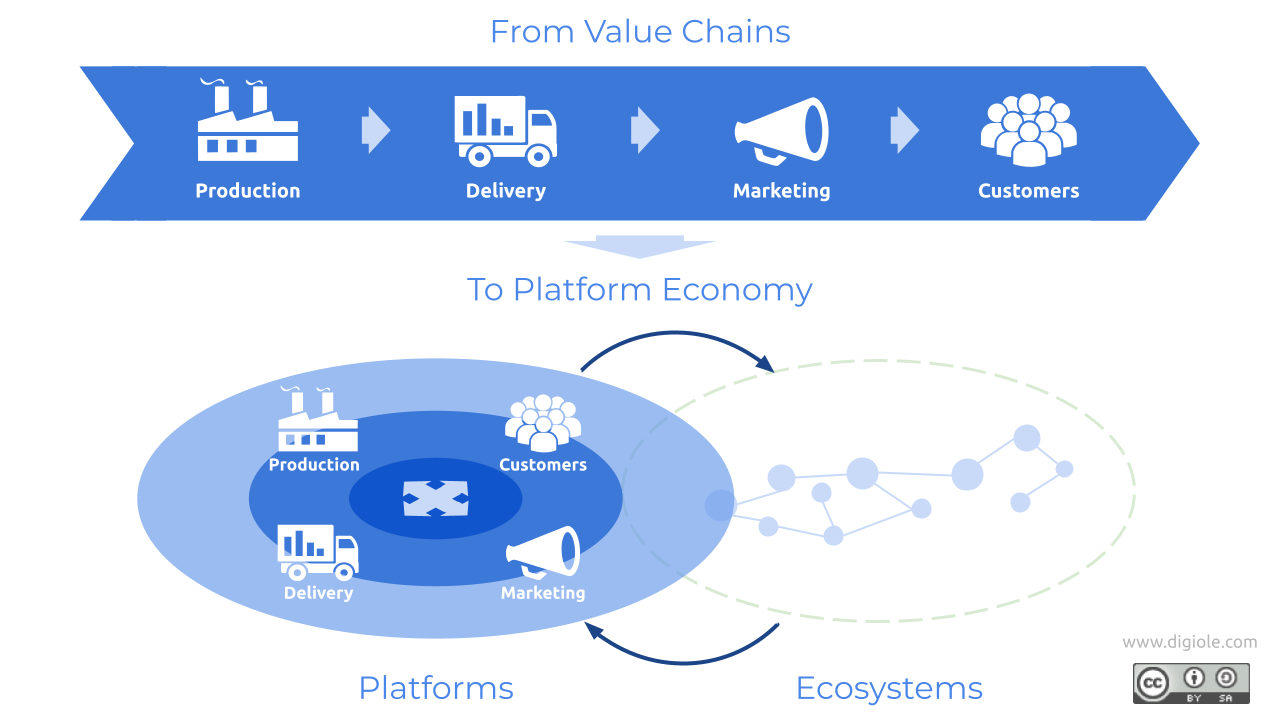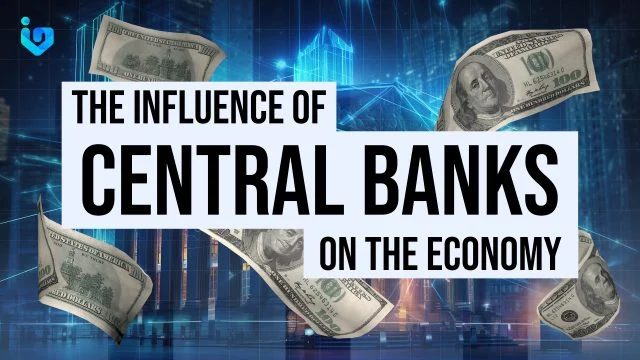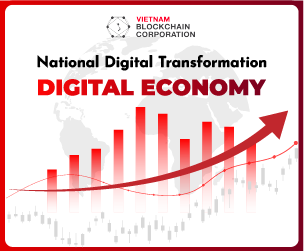Central bank interest rates impact your wallet more than you think. Imagine you are steering a ship through the twists and turns of a vast ocean—your finances are that ship, and the vast waters? They are the economy, constantly moving and changing with the winds of central bank policy. Do you know how to navigate these waters? This article will be your compass. You’ll learn just how deeply interest rates set by these powerful institutions can change your spending, saving, and investing. Get ready for a no-nonsense guide to understanding, adjusting, and predicting changes in your financial journey. Let’s set sail and take control of your future!
Understanding Central Bank Policy Effects on the Economy
Analyzing Interest Rate Adjustments
When central banks change interest rates, they aim to manage the economy. Suppose they raise rates. In that case, borrowing gets pricier, and this can slow spending and tame inflation. If they cut rates, money is cheaper to borrow, boosting spending and growth. Each move by the central bank can affect your wallet.
Central banks, like the Federal Reserve, set the tone for the economy. Their decisions lead banks to adjust their own rates. A hike in rates might mean your loan gets more expensive. This keeps more cash in your pocket, making you think twice about spending. When money sits tight, prices may hold steady, preventing inflation from rising too quick.
Now, if rates drop, the opposite happens. Loans cost less, enticing businesses to invest and grow. This growth can mean more jobs and more cash moving through the economy. Yet, if central banks push rates too low for too long, it can fire up too much inflation. It’s a delicate balance they aim to keep.
Monetary Policy Impact on Inflation and Growth
Central bank strategies are much about controlling inflation. They aim to keep it low and stable. Too much inflation can hurt your buying power. It can make goods and services cost more over time. Nobody wants that! When central banks sense inflation heating up, they might up interest rates. This can cool spending and slow down fast-rising prices.
But it’s not just about keeping prices in check. They also want a strong growing economy. Central banks lower rates when they want to fuel growth. This can lead to more jobs and higher wages. When people earn more, they can spend more. A growing economy is good for all of us. It means more chances to work, earn, and save.
Remember, these central bank moves work out over time. They are like a slow-moving ship steering the vast ocean of the economy. One command doesn’t turn things around straight away. It can take months, even years, to see full results. Watch these changes. They tell us a lot about what the future may hold.
Through smart central banking, we can enjoy stable prices and steady growth. But stay tuned in! These policies touch everything from your savings account to your next loan. Knowing how it all works helps you make better money choices. That’s how you sail smoothly on this sea of rates and rules.
Responding to Federal Reserve Decisions
How Economy and Interest Rates are Interconnected
When we talk about central bank policy effects, it’s like exploring a giant game of dominoes. One move can send many things into motion. The economy and interest rates are close friends. They influence each other a lot. Let’s break it down.
Think about the times when you want to buy a toy or a game. When interest rates are low, it’s cheaper to borrow money – like getting a bigger allowance to buy it. This is what the Federal Reserve does when it wants people and businesses to spend more. They make money ‘cheaper’ to borrow.
Now, what if the game or toy gets more costly, and your allowance doesn’t go as far? The Federal Reserve steps in to stop prices from going too high. They raise interest rates, making it more expensive to borrow money. This helps keep prices in check.
Adjusting to Interest Rate Hikes and Cuts
Interest rate hikes and cuts can be confusing. Both have ups and downs. When rates go up, borrowing costs more. It might hit your piggy bank harder if you or your parents have loans. But, it’s not all bad. When you save money in the bank, you could earn more.
On the flip side, when rates go down, loans can become like a big sale. Everything from car loans to home loans gets cheaper. Families might decide to buy a house or a car when this happens. This can give the economy a boost because more people spend money.
But don’t forget, with lower rates, saving money in the bank might not earn much. This may lead some to look for other ways to make their money grow.
Central banking strategies aren’t just about the here and now. They are also looking way down the road. Adjusting those interest rates helps steer us away from trouble, like inflation or recession. They’re like traffic lights for our economy — green for “go spend money” and red for “slow down and save.”
Remember, next time you hear about the Federal Reserve making a move, think of that domino effect. And think about how that move might affect your family’s plans. Whether it’s time to break open the piggy bank or to start filling it up, understanding interest rates can help you make smarter choices.
Now, while we can’t always predict what the next federal reserve decision will be, we can understand why they make these changes. It’s all about finding the right balance to keep our economy healthy. Just as a balanced diet helps you grow strong, a balanced economy helps our country stay strong.
So, always keep an eye out for any news about interest rate adjustments. They’re not just numbers in the news. They’re signals, clues as to what might happen next in our big, interconnected economy. And just like knowing the weather before you go outside, knowing about interest rates can help you plan better for your future.
The Ripple Effects of Interest Rates Across Sectors
Mortgage Rates and Central Policy
When central banks move rates, homebuyers and owners all feel it. Say the federal reserve hikes rates, your mortgage cost can climb too. Banks often lift what they charge for loans. This means higher monthly payments for families. It also makes it harder for people to buy homes, as loans get pricey.
“Now, what if rates drop?” you ask. That’s good news for your wallet. Loans may cost less. People might rush to get mortgages, boosting home sales. This can also help those with variable-rate loans. Their payments can go down, leaving more cash for other things.
Yet, not just homebuyers are affected. Rent can go up when mortgage rates climb. Landlords might face steeper loan costs and could pass these on to renters. This can make it tough for folks who don’t own homes yet.
Business Investment and Loan Rates Response
Now let’s talk about businesses. When central banks tweak rates, companies take notice. A rate cut? Great for businesses wanting to borrow. They can fund new projects or grow with less debt cost. More jobs might open up as businesses expand.
But when rates rise, the story changes. Loans can be costly and firms might put growth plans on hold. They might cut down on hiring or delay buying new equipment. This can slow economic growth and affect worker paychecks.
In both cases, whether rates go up or down, businesses react. Their decisions, based on loan rates, shape our jobs and the items we buy. They can decide if a new local shop opens or not.
Interest rates are powerful. A simple change can affect many parts of life, from your home cost to your job. By understanding how rates work, you can make smart choices for your money and future.
Predicting and Preparing for Future Financial Changes
Interest Rates Influence on Inflation and Asset Prices
When central banks change interest rates, your money feels it. These rates are like the heart of the economy, pumping blood to all parts. If rates go up, borrowing gets pricier, making us think twice before using a credit card or getting a loan. It can slow down how fast prices rise, which is what we call inflation. But if rates go too high, it can hurt. Like not enough blood flow, the economy can shrink.
Now, if rates drop, it’s like a rush of energy. Borrowing costs less, so people and companies spend and invest more. This can speed up economic growth, but it also risks making prices fly up too fast. It’s a delicate balance that central banks play with, trying to keep the economy fit and healthy.
Assets, think houses and stocks, love low-interest rates because they can jump in value. It’s easier to get loans to buy them and more people chase after them. But when rates climb, assets often lose their shine. That’s because expensive loans can scare off buyers. Knowing this can help you make smart moves with your money.
Central Banks and Currency Value Forecasting
Forecasting currency value is like trying to predict the weather. Central banks use rates to try and control it, pushing the value of our money up or down. A high-interest rate can make our dollar stronger since it draws people to save or invest here. But hike it too much, and you might slow the economy down or make it hard for people to pay back their loans.
On the other hand, if central banks cut rates, it can make our dollar weaker. This might sound bad, but it actually helps make the stuff we make and sell to other countries cheaper. This can fire up our factories and create jobs. So, when central banks talk rates, it’s a big deal for the dollar.
Everyone should keep an eye on these change-makers. Whether it’s the bench’s interest rate or talk of a cash rate effect, each announcement can twist and turn the market. By understanding these moves, you can better guess what might come next. You’ll know how to plan, where to invest, and what to expect for your budget. With insight into how rates shape the flow of money, you’re set to navigate your financial future. It takes some learning, but the more you know, the better you can ride the waves of change. And that’s what can lead to smoother sailing for your wallet.
We’ve dug deep into how central bank policies shape our money’s worth and growth. From exploring interest rate tweaks to seeing their big effect on inflation and business moves, it’s clear these choices matter. They’re knots that tie the economy’s health to the cash in our wallets.
We also saw how when the Fed adjusts rates, it echoes in homes and firms alike. Rate changes can mean more or less money for loans, affecting how we buy houses or how companies plan. These ripples touch every corner, from what we pay for stuff to how far our paycheck goes.
Lastly, guessing what the Fed will do next isn’t just for experts—it’s crucial for us all. Knowing the signs can put you ahead, helping you brace for price jumps or dips. This stuff can seem tricky, but by breaking it down, you’re more ready to roll with the economic punches.
Q&A :
How do central bank interest rates affect the economy?
The interest rates set by central banks have a profound influence on the economy by altering the costs of borrowing, spending, and saving. When rates are low, it makes borrowing money cheaper, which can stimulate investment and consumer spending, leading to economic growth. Conversely, higher rates can slow down economic activity as borrowing costs rise, causing consumers and businesses to cut back on spending.
In what ways do changes in central bank interest rates impact inflation?
Central bank interest rates can help control inflation. When rates are raised, it tends to decrease consumer spending and businesses’ investment, which can cool down an overheated economy and bring down inflation rates. On the other hand, if inflation is too low, decreasing interest rates can encourage more spending and investment, increasing demand for goods and services, which can push prices up.
Can central bank interest rates affect the stock market?
Yes, central bank interest rates can significantly affect the stock market. Lower interest rates generally result in more money in the economy and can lead to higher stock prices due to increased borrowing and spending. Higher rates can reduce profits for companies as borrowing costs rise, which may lead to a decrease in stock prices as investor sentiments adjust to the expectation of lower earnings.
What is the relationship between central bank interest rates and the exchange rate?
Central bank interest rates are a key factor in determining a country’s exchange rate. Higher interest rates offer lenders in an economy a higher return relative to other countries. Therefore, higher interest rates attract foreign capital and cause the exchange rate to rise. The opposite is true for lower interest rates, where decreased rates may result in a lower exchange rate.
How do changes in the central bank’s interest rates affect consumers?
Consumers are directly affected by changes in central bank interest rates. When interest rates are lowered, loans for houses, cars, and other consumer items become cheaper, which can encourage more consumers to take on new loans and increase spending. On the flip side, when interest rates are raised, the cost of borrowing increases, and consumers may reduce spending, which can slow down economic growth. Additionally, interest rates impact the interest earned on savings, influencing consumers’ saving behavior.


